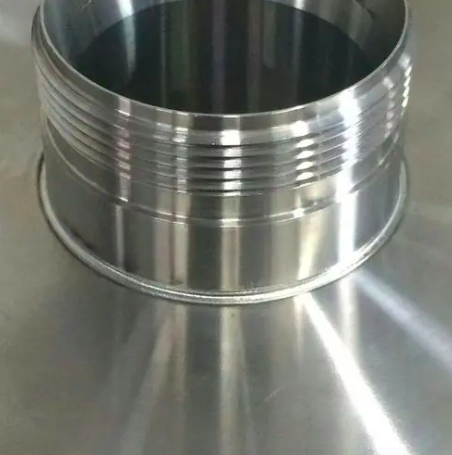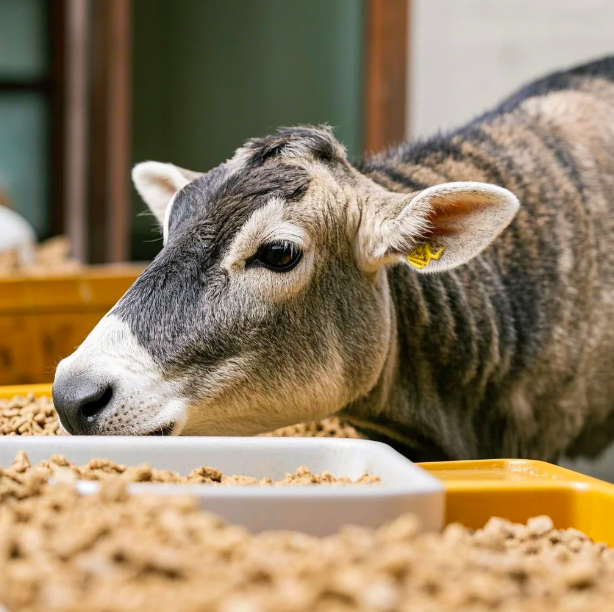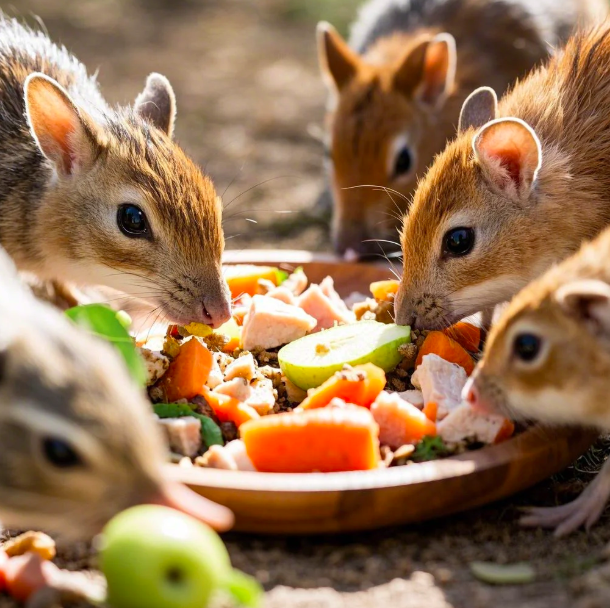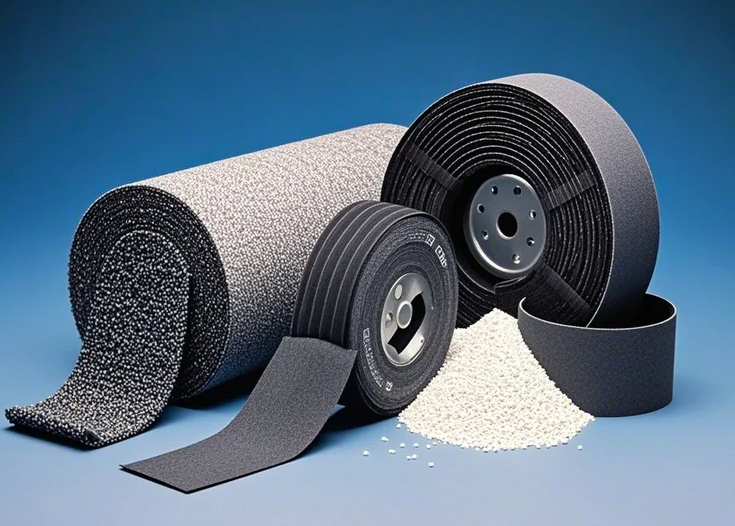目录
Protein acids are the building blocks of proteins, consisting of thousands of individual building blocks linked together in long chains. Twenty possible amino acid combinations might result in a protein. By reducing the amount of soybean meal used in feed formulation, their utilization helps to minimize the overall amount of arable land needed for feed production.
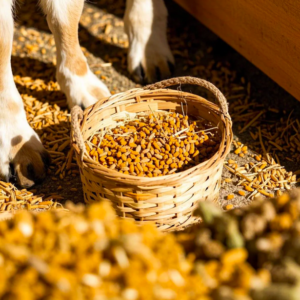
Protein acid in Animal Feeds
Protein acid is required for immature animals to build muscles and other parts of the body. Since milk, eggs, and wool contain plenty of protein, additional amounts are necessary for the animal feed that produces these. For care, all animals need a small amount of protein — the regular repair of muscles, internal organs, and other body tissues.
Types of Protein Acid Use in Animal Feed
Rice Protein
Rice protein is an isolate of vegan protein, an alternative to the more common isolates of whey and soy protein. Brown rice can be handled with enzymes that separate carbohydrates from proteins. After that, the protein acid powder is flavored- or occasionally added to smoothies or health shakes.
Hulls and straw
After the wheat, oat, barley, and rice crops are harvested, the straw left over is fed to cattle and other ruminants. The straws are poorly digestible and have a low protein and high fiber content. The cellulose in straw is significantly more digestible after being treated with alkali, which increases the value of the material as an animal energy source.
Root Plants
Root crops are used less frequently as animal feed than in the past for economic reasons. It feeds on beets (which are insufficient), rutabagas, cassava, turnips, and occasionally extra potatoes. When compared to other feeds, root crops have lower protein and dry matter contents but more energy.
Asparagus Meal
Soybean meal is one of the most crucial soy derivatives for animal nutrition. The extraction of soybean oil makes it possible to produce this derivative. Zootechnicians or nutritionists frequently used the meal in the middle of the 1930s.
Feather Dinner
In meatpackers, the de-feathering of poultry yields a byproduct product with high protein content. It is known as a hydrolyzed feather meal when this byproduct is put through a pressure-cooking process and includes 78 to 92% crude protein, of which 85 to 95% is keratin.
Problems associated with lack of protein acids in animal feed
An animal’s food needs to contain a sufficient quantity of critical amino acids to generate enough proteins to maintain specific metabolic activities.
Intake Changes
One of the early and most important symptoms of a protein acid imbalance in a herd’s feed is decreased feed consumption. Most animals will first eat extra food to compensate for the scarcity, but after a few days, they will drastically cut their food consumption. Because many species experience reduced hunger due to amino acid imbalances in food, this drop in intake happens.
Lightweight Body
In young and mature animals, a lack of protein acid causes low body mass and an overall reduction in muscular development. This may have long-lasting impacts on more youthful animals, such as slower growth rates, longer maturation times, and smaller mature sizes. Force-feeding will not improve this low body weight.
Disease
Animal health depends on protein acids because they support various metabolic processes, such as immune responses and system maintenance. An animal’s immune and metabolic responses may be impaired if certain amino acids are missing from its diet, making the body more susceptible to illnesses and, in extreme cases, death.
It takes skill to increase efficiency while managing the protein acid composition of your livestock diet to lower feed expenditures. The animals receive the proper nutrition to increase production without causing harm to them or the environment, allowing the farmer to focus on growing the business and making a profit.
0



